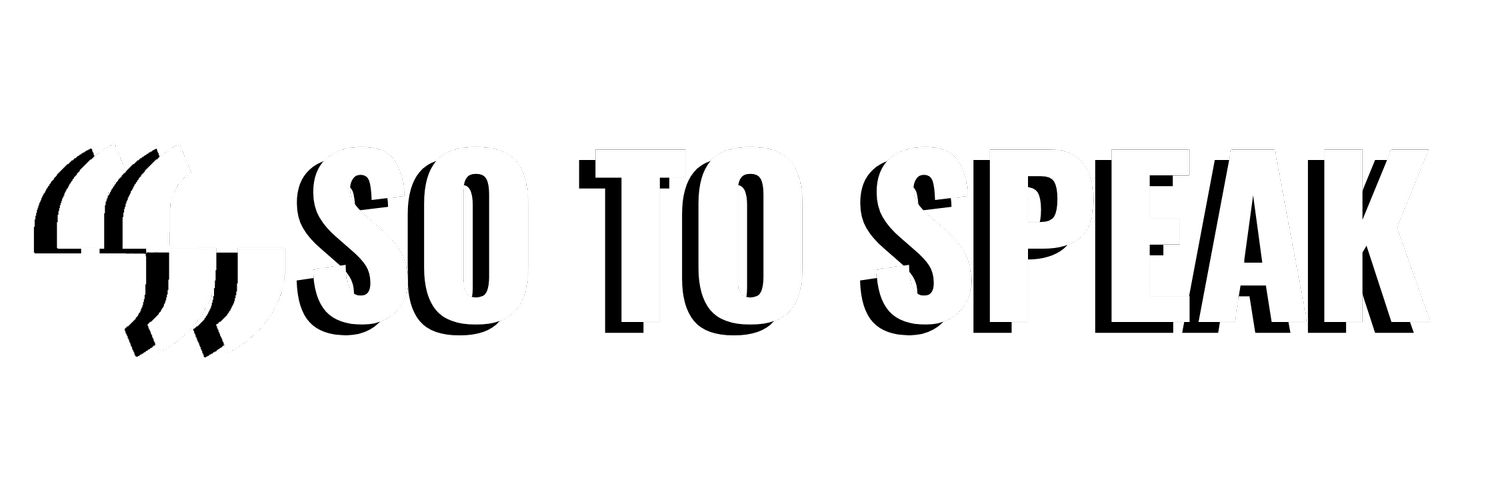ahistorical accuracies
I have this dream—
they find me
wading in corn fields,
my eyes like the stalk
center of sunflower petals.
The lucky ones hide
where they won’t be found,
squatting in dirt, shrouded
in grain and girlhood. Here,
they will lay me to rest.
Nineteen. Vulnerable.
Here, I die from the casket
of myself. Holy part, chosen.
Youth spooned
from my center.
No books prepared me
for the others who are not.
I rise. My hips too big, nose, lips,
hair kinky as nobody’s truth.
Deep in the maze,
I am sniffed out,
reminded that no one asked
this body to spread—
legs gaped and arms
pinned in high Georgia sun.
My black like the black
of burial, lock boxes under
bedposts, archival corners.
I am not your [REDACTED].
But say you want me;
the lucky ones will scatter
ashes, petals, and summer
pollen. Not these books.
I am deep in heat, a grip,
these shouts. Hollering—
emboldened
or damaged—
which ears can tell
this truth?
Author’s Note: “Ahistorical Accuracies” attempts to articulate what it’s like to learn history in a predominately white space. It’s that feeling when the words in the textbook don’t quite match the stories told by your aunts, uncles, and grandparents. When the missing parts are so loud that you can’t hear the professor, so you sit there filling in the blanks yourself.
